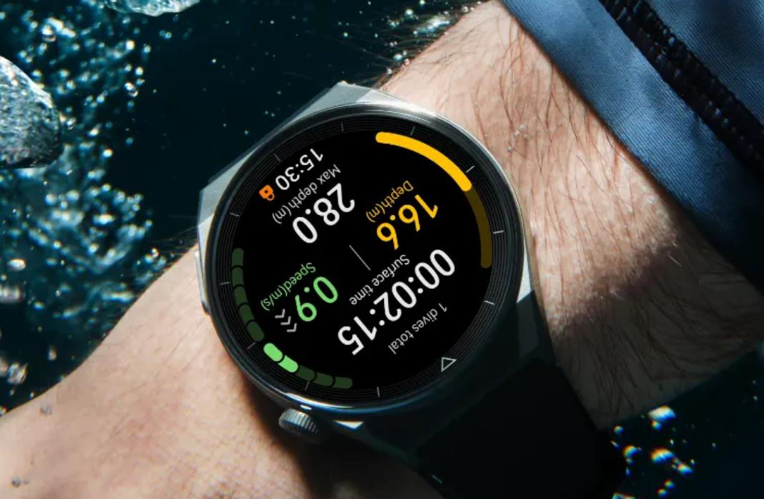Time, the elusive concept that governs our lives, has always captivated human curiosity. From the ancient sundials to the intricate mechanical wonders we wear on our wrists today, the evolution of timekeeping has been a remarkable journey. The significance of watches in tracking time goes beyond mere practicality; it reflects the ingenuity of human innovation and the evolution of our society. Let’s embark on a captivating journey through the history of watches, tracing the milestones that have shaped our perception of time.
Contents
The evolution of watches
The Ancient Sundials and Water Clocks
The quest for measuring time dates back thousands of years. The ancient Egyptians were among the first to utilize sundials as early as 1500 BCE. These early timekeeping devices used the movement of shadows cast by the sun to indicate the time of day. Although primitive, sundials marked the inception of our fascination with time tracking.Another ancient timekeeping marvel was the water clock, also known as a clepsydra. Used by the ancient Greeks and later adopted by the Chinese, water clocks used the regulated flow of water to mark intervals of time. Despite their limitations, these early devices laid the foundation for more precise and portable timekeeping mechanisms.
The Advent of Mechanical Clocks
The Middle Ages witnessed the emergence of mechanical clocks in Europe. Initially installed in churches and monasteries, these large, weight-driven clocks marked the hours with the ringing of bells. As their design improved, they evolved to incorporate hour hands, minute hands, and eventually, the second hand.
The Swiss Watchmaking Legacy
Switzerland emerged as a horological hub in the 18th and 19th centuries, earning a reputation for precision and craftsmanship. The advent of interchangeable parts and mass production techniques by Swiss watchmakers like Abraham-Louis Breguet further refined the mechanical watch.In 1904, Brazilian aviator Alberto Santos-Dumont approached Louis Cartier with a novel request: to create a watch suitable for aviation that could be worn on the wrist. This led to the birth of the Cartier Santos, one of the world’s first wristwatches designed for practical use. Its popularity set the stage for the widespread adoption of wristwatches by both men and women.
The Age of Innovation: Quartz Revolution and Beyond
The 20th century brought significant technological advancements, challenging the dominance of mechanical watches. In 1969, Seiko released the Astron, the world’s first quartz watch, which marked a revolution in timekeeping accuracy. Quartz timepieces, relying on the vibrations of a quartz crystal to keep time, were far more precise and required less maintenance than their mechanical counterparts.
The Renaissance of Mechanical Watches
Despite the rise of quartz and digital watches, mechanical timepieces never truly faded away. Instead, they found a niche market of enthusiasts who appreciated their craftsmanship and the intricate mechanics within.In the late 20th century, Swiss luxury watchmakers like Rolex, Omega, and Patek Philippe led a renaissance of mechanical watches. These timepieces became symbols of status, elegance, and heritage, appealing to those who sought more than just a tool for tracking time.
The Smartwatch Era
The 21st century brought yet another major shift in timekeeping with the rise of smartwatches. Combining technology and style, smartwatches offer a range of features, from fitness tracking and communication to apps and customizable watch faces.Companies like HUAWEI, have led the way in this domain, creating a new era of wearable technology that caters to the modern lifestyle,and launching products such as the huawei gt 4.
Conclusion
In the future, timekeeping will undoubtedly evolve further, driven by innovation and societal needs. However, the enduring significance of watches in tracking time goes beyond their utilitarian function; they represent the passage of history, the artistry of craftsmanship, and the embodiment of the human desire to grasp the ever-elusive concept of time. As we continue our journey through life, our watches will remain faithful companions, reminding us that time, indeed, waits for no one.





